The Kurt Russell Sci-Fi Sequel That’s Secretly Better Than The Original
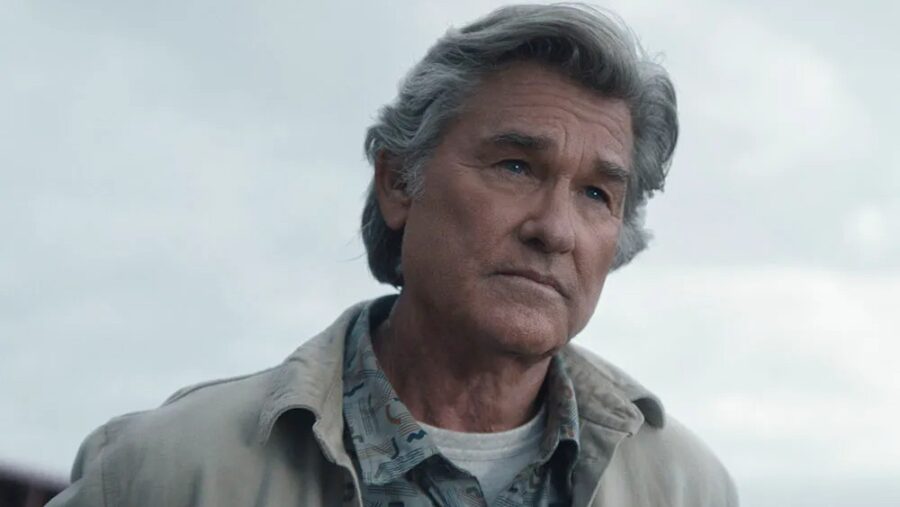
Every so often, a sequel comes out that fails to live up to its predecessor in almost every conceivable way. On paper, John Carpenter‘s Escape from L.A. is one of those sequels. But despite its inherent flaws, Carpenter himself has gone on record saying that it’s the superior film.
Escape From L.A.
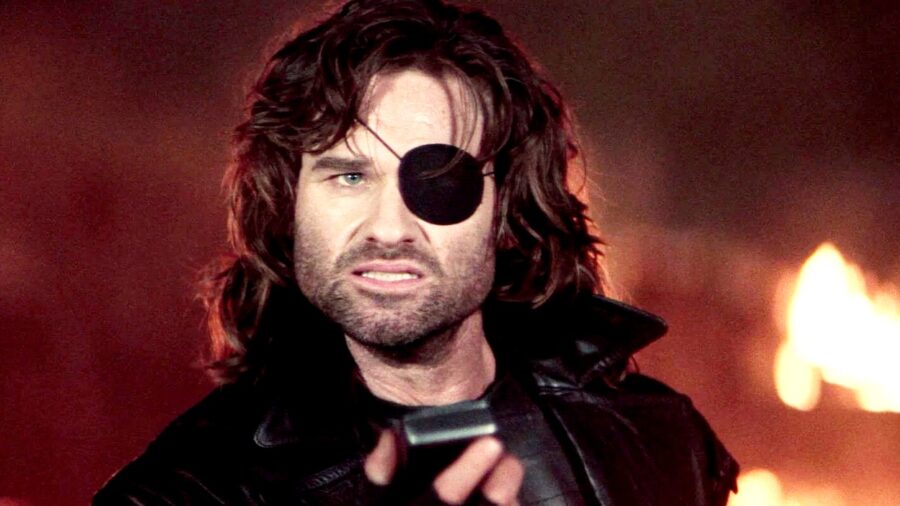
Though it wasn’t a critical darling at the time of its initial release, the ill-fated sequel garnered a strong cult following, and has its own legacy that needs to be considered.
Escape from New York was an immediate hit upon its 1981 release and has been praised for its grimy dystopian vibe, and strong lead performance from Kurt Russell.
Given the film’s 88 percent critical score on Rotten Tomatoes, as well as its box office success, it’s only natural that a sequel in the form of Escape from L.A. would eventually materialize to capitalize on the film’s success.
Kurt Russell As Snake Plisskin
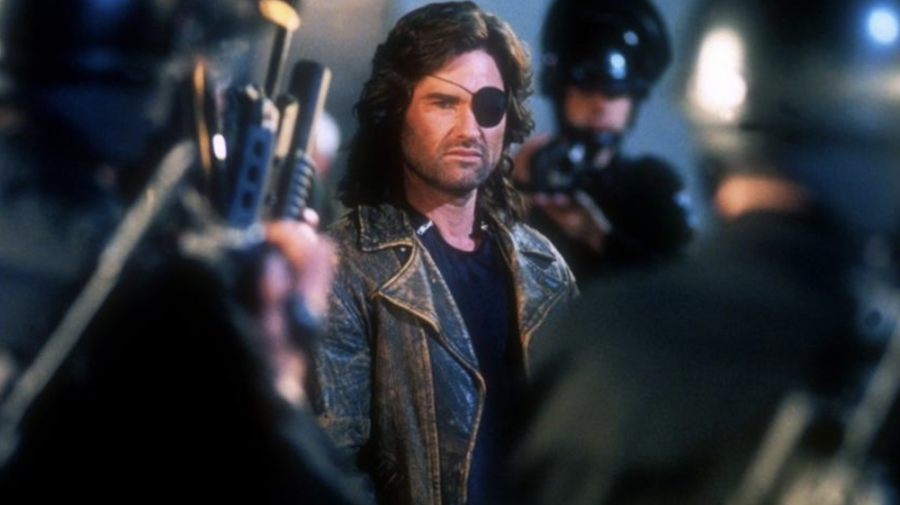
Boasting a retro-futuristic aesthetic, Escape from L.A. centers on Russell’s Snake Plisskin, who is tasked with locating the Sword of Damocles, an advanced network of satellites that can target and deactivate electronic devices worldwide.
The corrupt President Adams plans to use the satellite network to strong-arm other world powers into doing his bidding. Things don’t go as planned, however, when his strong-willed daughter, Utopia, steals the remote and delivers it to Cuervo Jones, a Peruvian Shining Path revolutionary.
Sequel To Escape from New York

But here’s the kicker … Snake Plisskin is a former Special Forces soldier turned convict after committing a series of crimes.
If he can successfully track down the remote, he’ll be pardoned for his crimes, and released from the L.A. super-prison.
Directly mirroring its predecessor, Escape from L.A.‘s main source of conflict comes in the form of a zero-hour trope, and we’re constantly reminded that the clock is ticking.
In both Escape from New York and Escape from L.A. Snake is forced into compliance by the powers that be through the use of fatal intimidation tactics.
In Escape from New York, he has 22 hours to complete his mission or the micro-explosives that have been injected into his neck will detonate, severing his carotid arteries.
In Escape from L.A., Snake is injected with poison, and has 10 hours to complete his mission so he can get the antidote.
Carbon Copy
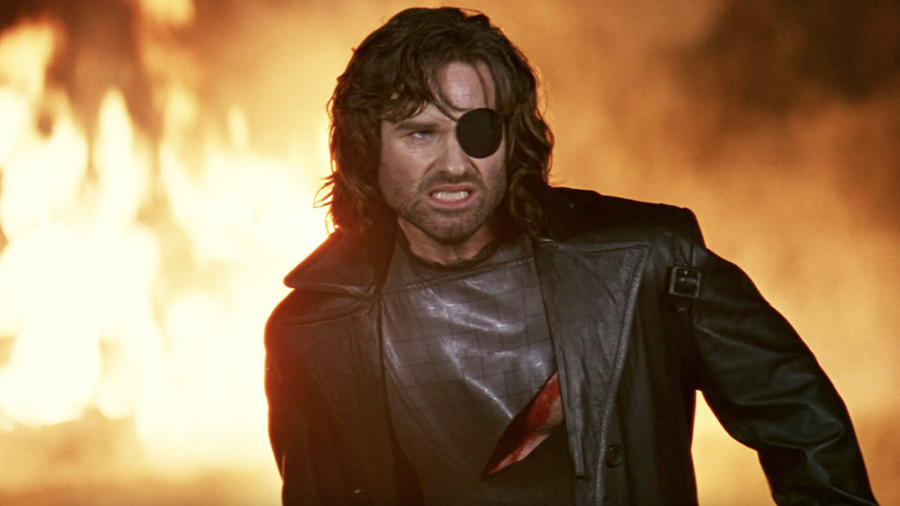
But what sets Escape from L.A. apart from its 1981 counterpart is its self-awareness. Within the film’s first 10 minutes, it’s clear that the storyboard is a carbon copy of the original but with updated special effects, and a new set of supporting characters.
What gives the sequel its charm is that it’s pretty much the same exact movie but treads into comedic territory that’s downright outlandish at times.
At one point in Escape from L.A., Snake has to score free throws in a caged basketball court to avoid certain death.
But that’s nothing compared to the scene in which Snake outpaces a sports car while riding a surfboard during the film’s climax.
Throw in a healthy amount of sight gags that are achieved through holographic deception, and you have enough absurdist elements to set the sequel apart from the original.
Box Office Bomb

Though Escape from L.A. was meant to be a direct sequel to Escape from New York, it has been widely criticized for being an inferior remake of the 1981 sci-fi classic rather than a continuation of the series.
Fans of the franchise were quick to point this out, suggesting that Escape from New York is the superior film. And in a lot of ways, they’re not wrong.
Looking at the raw numbers, it’s evident that Escape from New York pulled numbers that its sequel didn’t even come close to reaching. The 1981 Kurt Russell-starring sci-fi action film was gritty, tongue-in-cheek, well-paced, and most importantly, a commercial and critical success.
Escape from L.A., on the other hand, lost $25 million at the box office, while Escape from New York earned $25 million.
Stream Escape From L.A. Now
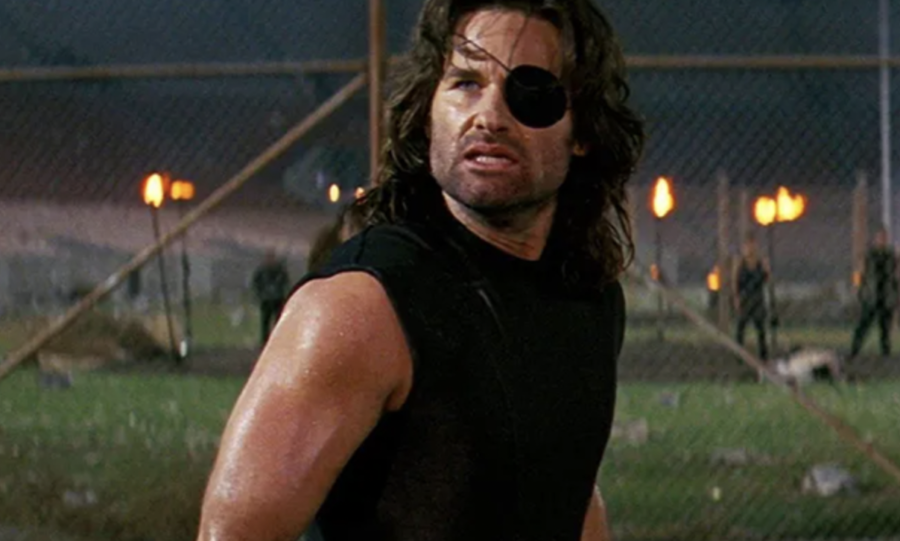
Despite Escape from L.A.’s glaring flaws, John Carpenter stands behind his work, and asserts that the film was simply ahead of its time.
What’s more, Roger Ebert gave the film three-and-a-half out of four stars, praising the film for expertly treading the line between satire and serious science-fiction, which is high praise. Retroactive reviews express similar sentiments, and the sequel’s legacy is here to stay.
At the end of the day, Escape from L.A. fails as a sequel, but works as a stand-alone film. In other words, if you watch both films back-to-back, you’ll probably prefer Escape from New York.
But if you view Escape from L.A. as a soft reboot rather than a follow-up film, it’s worthy of your attention because it has everything that its 1981 counter part has, and so much more.












